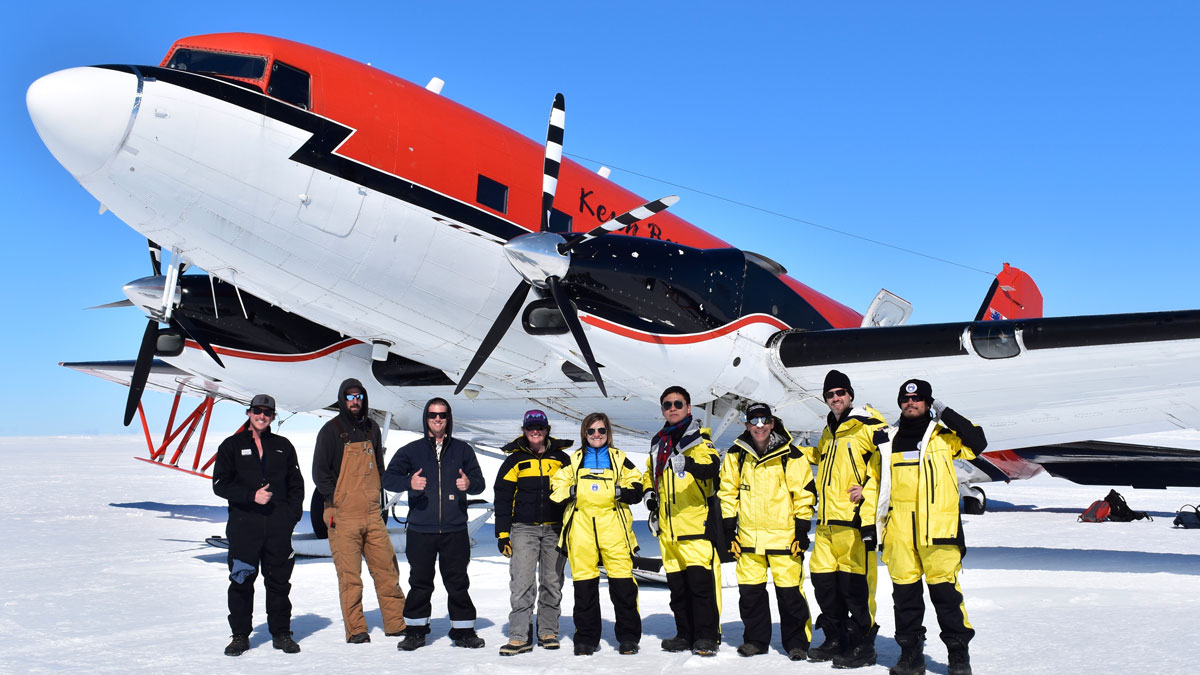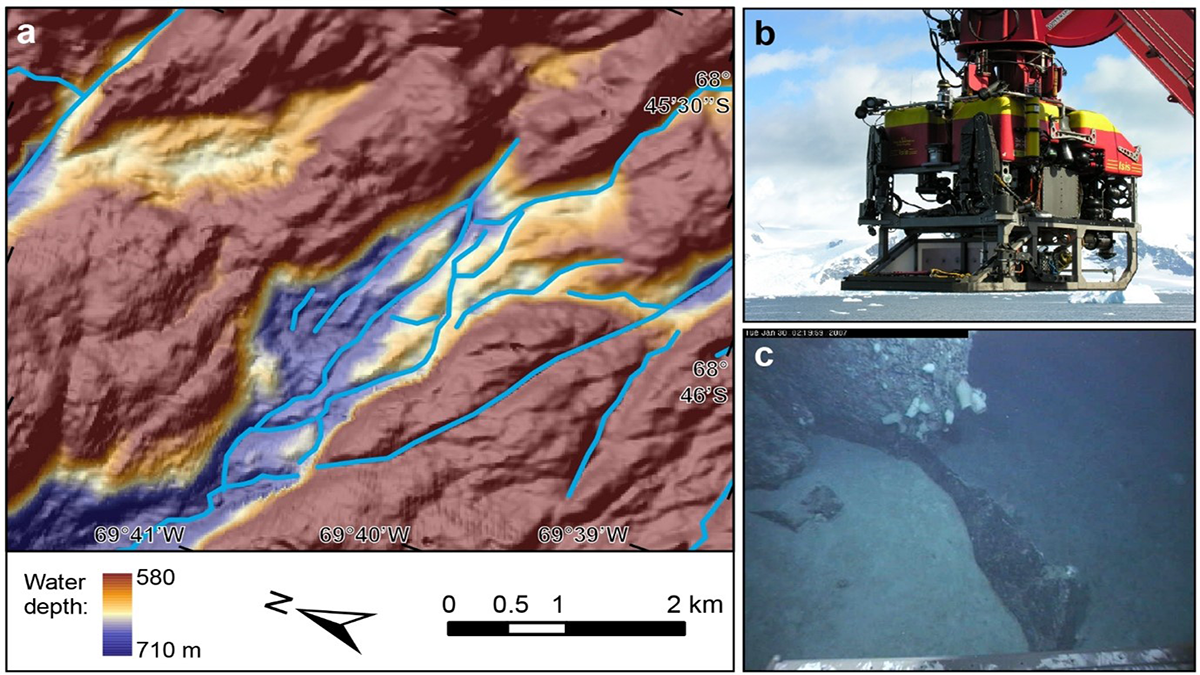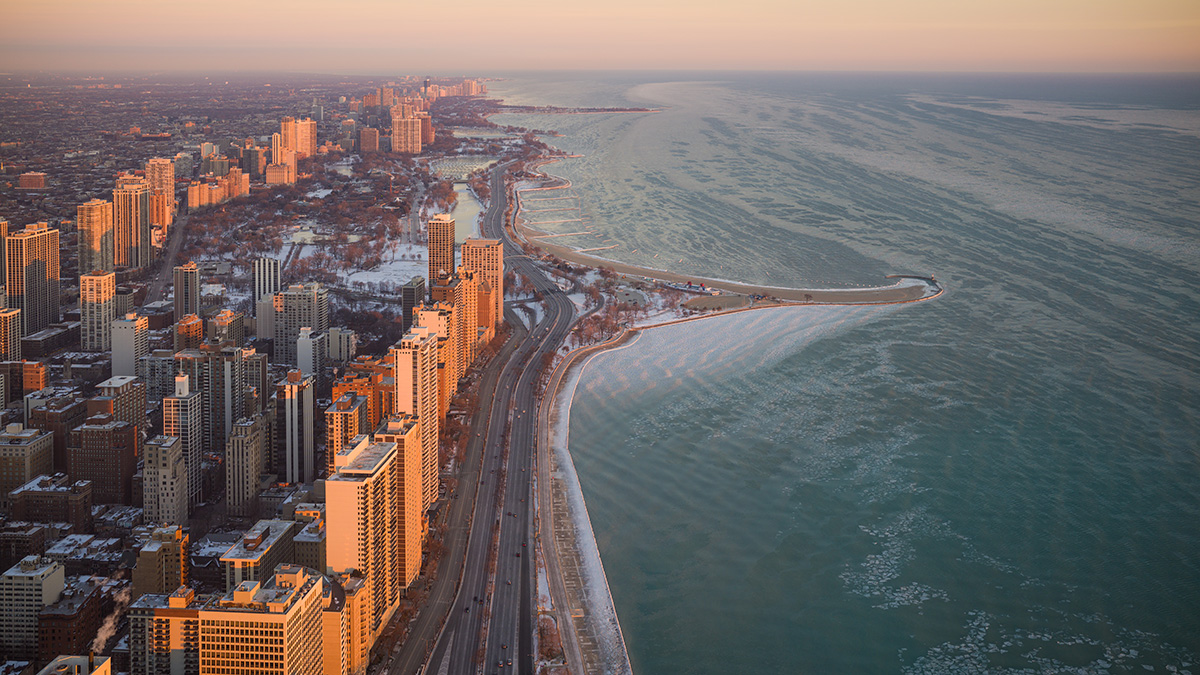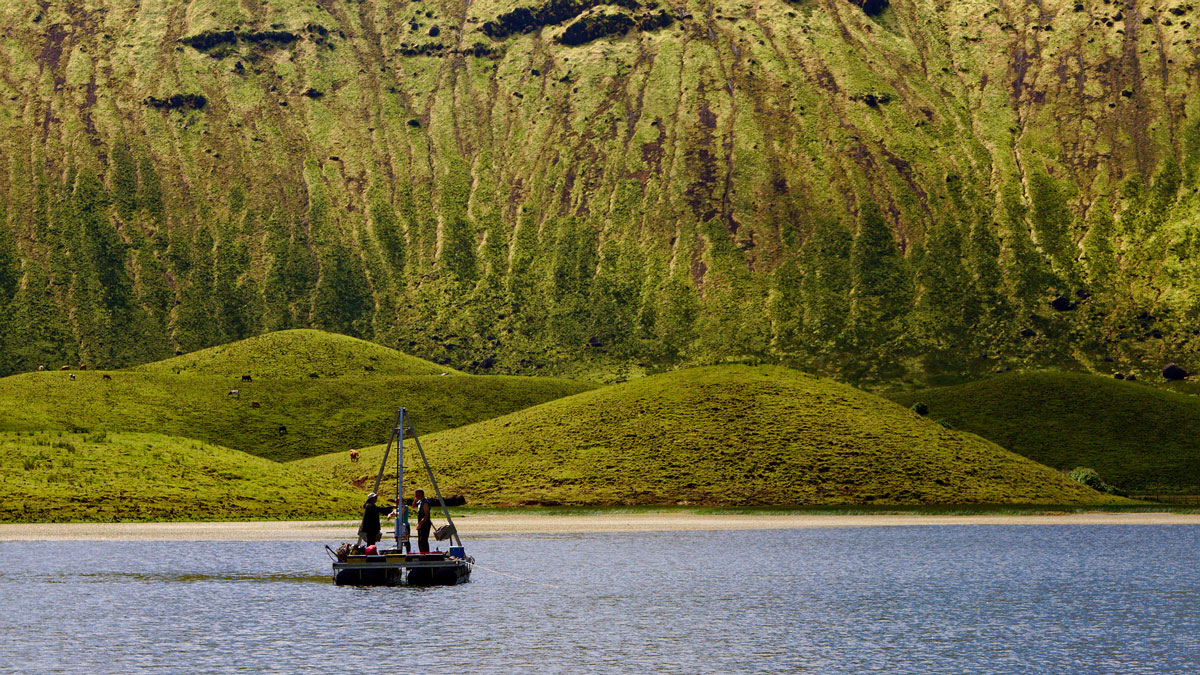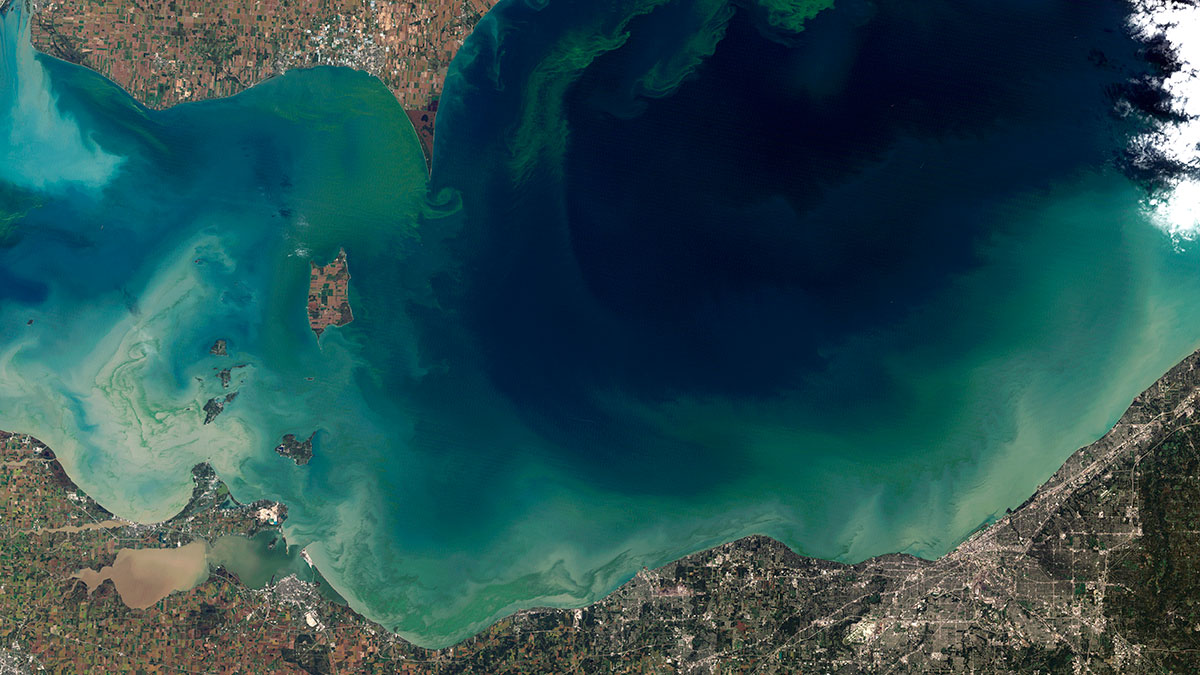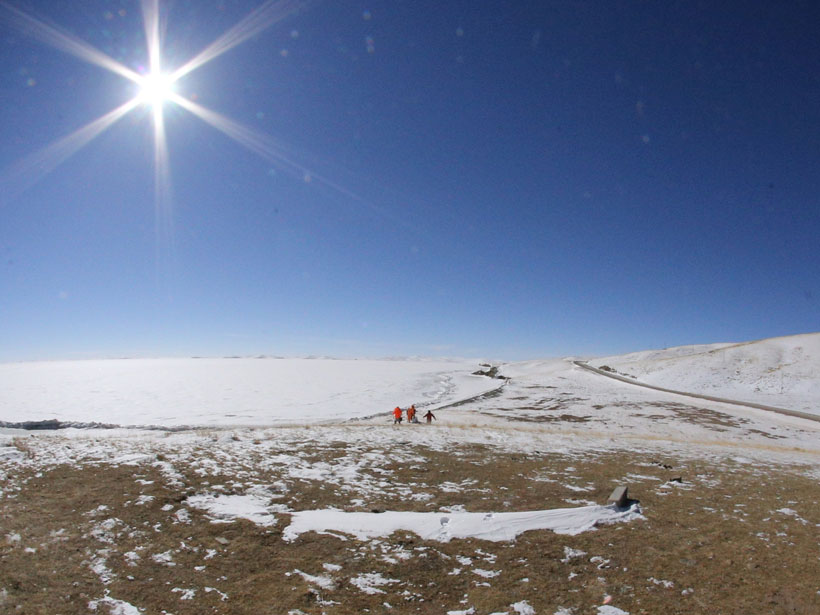Scientists dive in—metaphorically—to Lake Snow Eagle, only recently revealed through ice-penetrating radar.
lakes
New Observations Reveal Ancient Subglacial Water Paths
Analyses of new shipboard and ROV observations of bedrock channels carved by floods and outbursts from subglacial lakes under Antarctica shed light on complex subglacial processes.
Estimating Lake Evaporation Just Got Easier
A new method standardizes freshwater lake measurements and shows they are losing a fifth of their inflow to evaporation.
Lake Michigan’s Salinity Is on the Rise
Road salt is primarily to blame for the shift, though the water remains within safe levels for now.
Sediments Suggest Vikings May Have Been the First to Settle the Azores
A multidisciplinary team studying lake sediments and climate change found evidence that the archipelago was inhabited 700 years earlier than historical sources claim.
Hot Lakes in a Cold Climate
Arctic warming may release less carbon dioxide from high latitude lakes but increase their climate impact by releasing more methane.
A New Technique Could Identify Algae from Space
Some types of algal blooms produce dangerous toxins, while others are relatively harmless to humans.
Cyanobacteria Blooms Exceed WHO Thresholds in Midwest Lakes
A study of 369 lakes across the Midwest finds that many of them, especially those close to agriculture, have high concentrations of harmful algal bloom-causing cyanobacteria.
An Explanation, at Last, for Mysterious “Zen Stones”
Laboratory experiments re-create the thin, icy pedestals that support some rocks in nature, revealing that sublimation plays a key role in the formation of these rare and beautiful structures.
青藏高原湖泊成为热通量热点
作为世界上海拔最高的高原,青藏高原上的淡水湖就像透镜一样,吸收来自强烈太阳辐射的热量,加速冰盖融化,影响陆地-大气通量。

